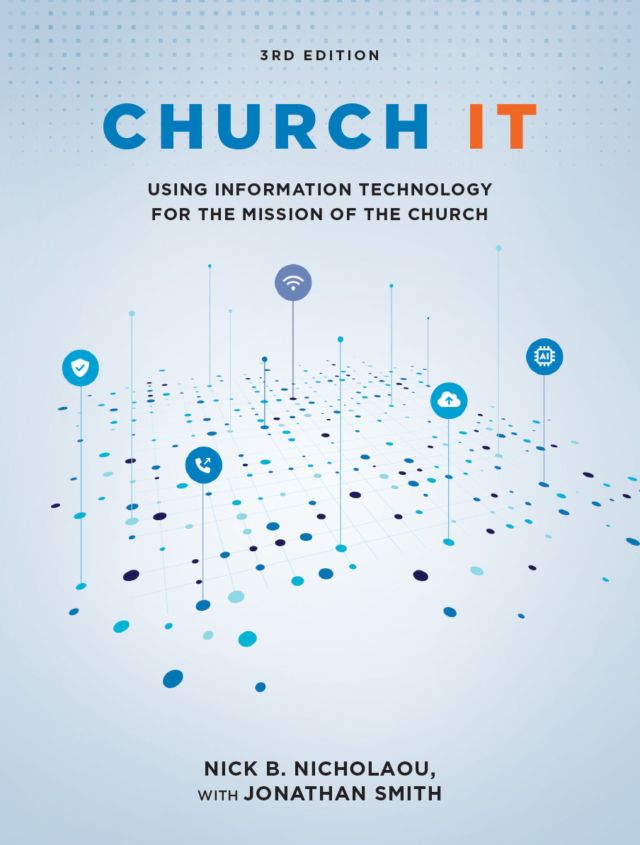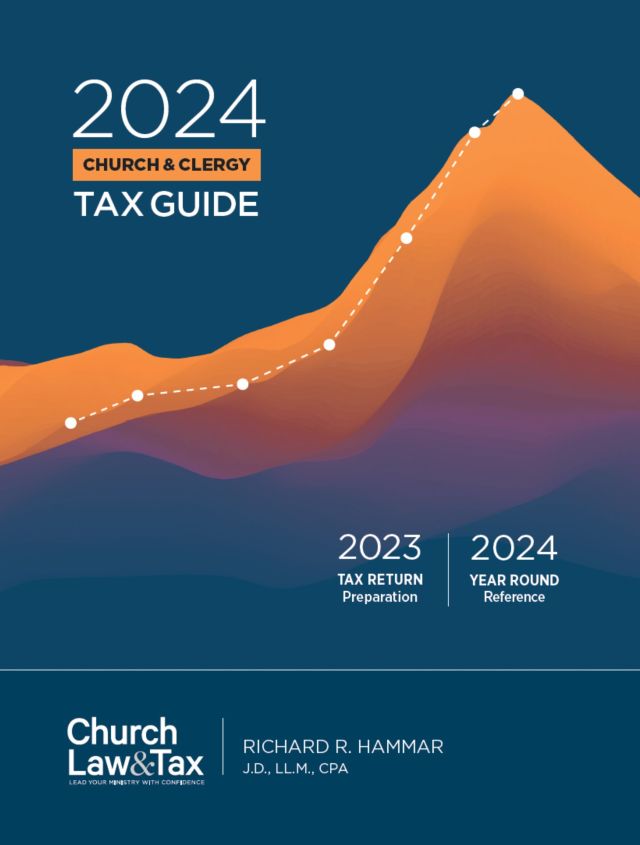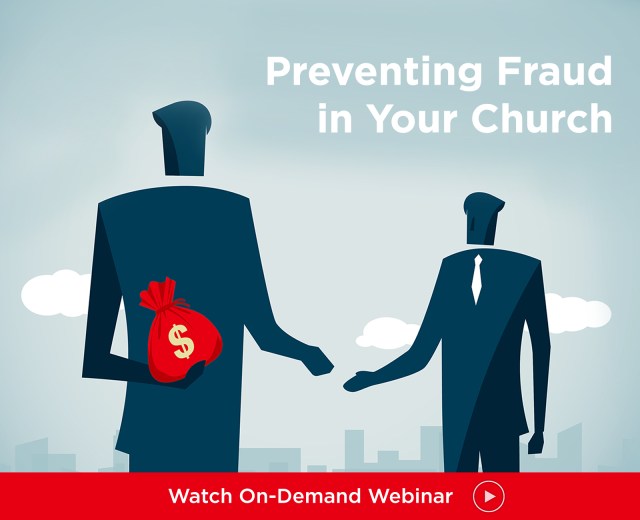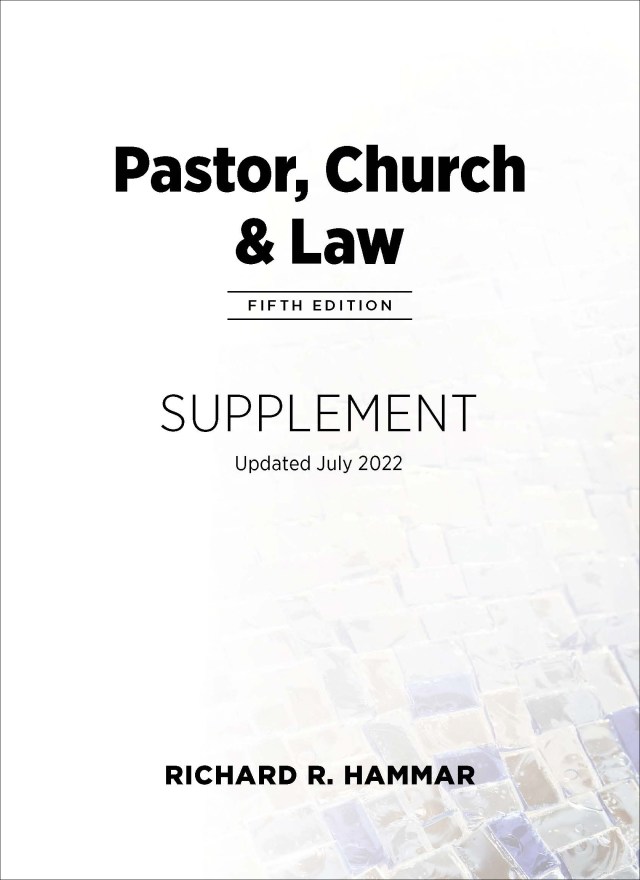Editor’s note. We frequently field questions from churches about cash reserves. A general rule of thumb is for churches to maintain a minimum of three months of cash on hand related to expenses. We asked CPA Michael Batts, a senior editorial advisor for ChurchLawAndTax.com, about adequate levels of cash reserves, plus a couple of questions about demonstrating the need for reserves to senior church leadership.
Is it a good idea to have cash reserves?
Generally, yes. Part of good stewardship is planning for the future. Consider the story of Joseph and planning for the famine. And consider that Malachi describes bringing the tithes into the “storehouse.”
From an operational perspective, maintaining reasonable cash reserves represents good stewardship by allowing a church to be prepared for contingencies, such as unexpected large repair bills, a sudden and unexpected downturn in revenues, or other unexpected events. For a church with outstanding debt, cash reserves can be critically important in the event of significant unexpected expenses or revenue downturns.
So how much should a church have in cash reserves?
There is no real right answer to that question. Some people suggest three to six months of operating expenses as a rule of thumb. And it’s not a bad rule of thumb.
For a church with significant long-term debt outstanding, I generally recommend that the church have at least one year’s worth of debt payments in reserve. Such a “debt service reserve” can provide the church with critical breathing room in the event of an unexpected cost or revenue downturn. Without a debt service reserve, such an event could cause immediate default.
As a side note, churches should be cautious about reserves when negotiating bank loans. As a condition of a loan, banks sometimes will require the church to maintain, at all times, a debt reserve fund of a certain minimum amount. While that may seem reasonable at first, the reality is that if a church needs to use the reserve for its intended purpose—making payments during a time of tight cash flow—then spending it down below a required minimum level will become an event of default.
My church has no reserves, and our leadership doesn’t seem to appreciate the need for them. How can I help them see the need?
That can be a tough challenge, depending on the dynamics of the leadership. But I have found it helps to start by focusing on something called “depreciation expense.”
Depreciation expense is a noncash expense that attempts to measure the deterioration or use of an asset. Assume, for example, that a church has a $5 million sanctuary building, and the structure has a useful life as is of 35 years. If you take the $5 million cost and divide it by 35 years, you get a depreciation expense of about $143,000 per year.
Now let’s assume that same church has various items of furniture, computers, and other equipment costing $700,000, with an average expected useful life of 5 years. That’s another $140,000 per year in depreciation. When most churches prepare their annual budgets, they budget only cash expenditures, and they don’t include noncash expenses like depreciation.
In this example, the church has a real, economic expense each year of more than $280,000. If the church were to include depreciation in its budget, something else would likely have to be cut to make the budget “balance.”
If you can help your leaders understand this one economic principle, the result of funding depreciation would be to build a cash reserve for contingencies. In the example above, this reserve would be more than $280,000 per year.
There’s no way my church will cut enough expenses to fund depreciation and still balance the budget. Now what?
Show depreciation expenses in the budget anyway. Include it in your financial reports. Show that you are operating at a deficit. And fund whatever portion of it you can. Seeing the deficit in the financial reports can help church leaders see the need, and, over time, perhaps make progress toward the goal. You don’t have to get from Point A to Point B overnight.
Michael (Mike) E. Batts is a CPA and the managing partner of Batts Morrison Wales & Lee, P.A., an accounting firm dedicated exclusively to serving nonprofit organizations across the United States.





